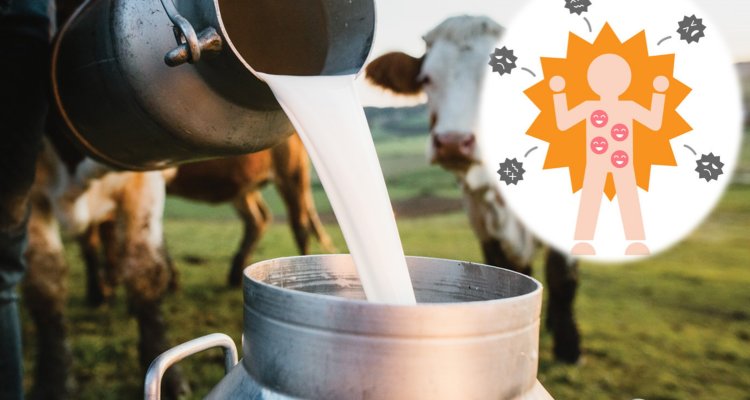
Project
Immunologically active proteins and allergy-protective capacity of non-thermal treated milk
Effect of thermal and non-thermal treatments and in vitro digestion on the loss of immunologically active proteins and allergy-protective capacity of milk
Introduction
Consumption of raw cow’s milk and untreated human milk has been reported to protect children from developing asthma, allergies, and respiratory infections because of the presence of immunologically active proteins, like IgG and lactoferrin (Abbring et al., 2019). Thermal treatments induce a loss of protection because most immunologically active proteins are heat sensitive (Liu, 2020). Non-thermal treatments (e.g., Ultraviolet-C (UV-C) and Nanosecond Pulsed Electric Field (nanoPEF) may play an important role in protecting immunologically active proteins and may therefore possibly decrease the loss of allergy-protective capacity of human and bovine milk, while the mechanism of this remains unclear.
Aim
This study aims at a) comparing the loss of immunologically active whey proteins in human and bovine milk after non-thermal treatments, 2) exploring the digestibility of these immunologically active whey proteins, 3) evaluating the allergy-protective capacity of these milk by in vitro and in vivo experiments, respectively.
This research would help improve milk production processes to retain immunological benefits in the processing of human and bovine milk.
Approach
Milk will be processed by Ultraviolet-C (UV-C) and Nanosecond Pulsed Electric Field (nanoPEF). The whey protein profile will be studied by LC-MS/MS. The digestibility of immunologically active whey proteins will be explored with an infant in vitro digestion model. The allergy-protective capacity of these milk will be estimated by in vitro and in vivo experiments with an epithelial cell model and an OVA-sensitized mouse model.
References
- Abbring, S., Hols, G., Garssen, J., & van Esch, B. C. A. M. (2019). Raw cow’s milk consumption and allergic diseases – The potential role of bioactive whey proteins. European Journal of Pharmacology, 843, 55–65. https://doi.org/10.1016/j.ejphar.2018.11.013
- Liu, Y. (2020). Changes in the milk serum proteome after thermal and non-thermal treatment. Innovative Food Science and Emerging Technologies, 66. https://doi.org/10.1016/j.ifset.2020.102544